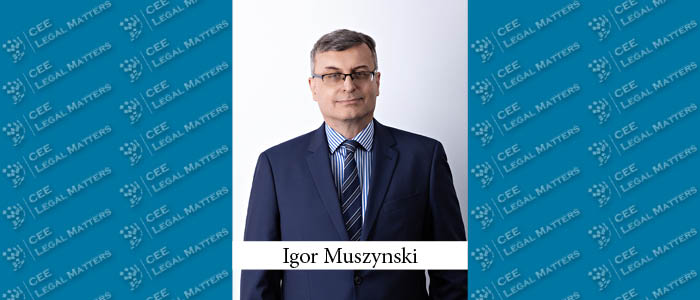Poland stands out as an EU member state with extremely high reliance on power generated from coal and lignite. In 2023, 63% of its electricity was produced from these resources. Still, this marks the lowest-ever share of coal and lignite-fired electricity in Poland’s annual production thanks to the rapid growth of wind and solar plants.
The new governmental plans target 60% of electricity to come from renewable energy sources by 2030. A significant portion of this electricity will be delivered by 5.9 gigawatts of offshore wind power projects that are currently gearing to commence construction. Onshore wind project prospects are still limited by the rule introduced by the 2016 Wind Farm Investment Act. According to it, no residential building can be located closer to a wind turbine than a distance equal to 10 times the height of the wind turbine, including the rotor – thus earning the act the name of the “10H Act.” The 10H Act left only 2% of Poland’s territory available for development of wind farms. An amendment to the 10H Act passed in the summer of 2023 kept the 10H rule in principle but granted local authorities the right to agree to wind farms built not less than 700 meters from residential buildings under certain conditions. The changes should allow for an additional 4 gigawatts of new onshore wind energy capacity. However, the relatively long period when the 10H rule was fully in force has effectively frozen the development of onshore wind farms. The new government announced the change of the 700-meter distance to 500 meters as its priority, which was strongly advocated by the wind power community. The recent plan includes replacing the 10H Act with an entirely new law regulating the distance of windmills from residential buildings, allowing for an additional 4 gigawatts of onshore wind farms.
The investor with rights to the project site needs to sign an interconnection agreement with the electricity system operator – a crucial step that has become a major bottleneck for renewable projects. Alarmingly, in 2023, over 90% of applications from investors seeking an interconnection agreement for new renewable energy projects were rejected by system operators. System operators need to find ways of bolstering their spending on grid improvement, but the challenge lies in securing additional funding without relying on regulated electricity distribution tariffs. Should a significant increase in distribution tariffs prove impossible, alternative avenues should be explored.
The most frequently used option to overcome a refusal to connect to the grid is the investor offering the system operator to cover the costs of grid improvement. This solution has been chosen by some investors in the most attractive locations, but the investor is fully dependent on the decision of the system operator. Under the Energy Law, system operators have no legal obligation to engage in discussions about such an agreement if they once refused to connect the project to the grid.
Changes to the Polish Energy Law in 2023 allowed for the installation of capacities higher than the interconnection capacity. Cable pooling provisions were also added to the Energy Law that allow now for two or more renewable electricity generation projects to share the same interconnection facility and its capacity. Only the first out of two or more projects sharing the interconnection capacity can obtain and keep state aid. This solution is particularly attractive for operating wind projects where additional PV generation capacities can be built. These can be controlled by the same or a different investor.
The last strategy for new projects lies in repowering. The oldest operating wind farms were commissioned over 12-14 years ago at sites with the best wind conditions available. Since state aid schemes are now limited to 15 years, investors have already received returns on their initial investments. They can now consider replacing old turbines with newer, more efficient models of much higher capacity. This prospect, combined with the legal provision allowing for higher capacity than the interconnection capacity through cable pooling, presents a lucrative business opportunity. Currently, the main obstacle to repowering is the necessity to renew all permits for projects, which is usually a time-consuming process. Fortunately, the government is expected to change the law shortly to align with the European Wind Charter and the RED III Directive, under which permitting procedures for renewable projects must be shortened to 12 months. Considering these developments, the oldest wind farms in the market could soon become attractive assets to buy.
By Igor Muszynski, Partner, Wolf Theiss
This article was originally published in Issue 11.3 of the CEE Legal Matters Magazine. If you would like to receive a hard copy of the magazine, you can subscribe here.


